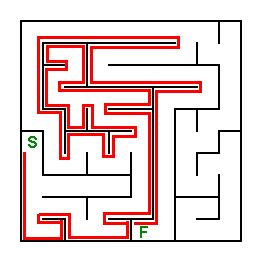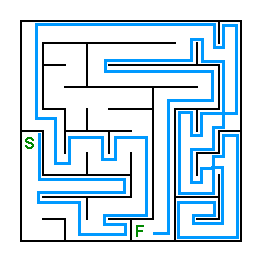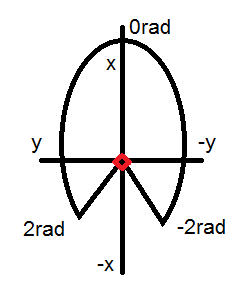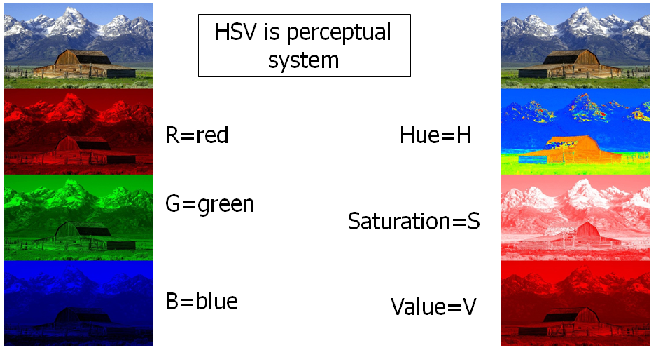Embedded Motion Control 2012 Group 8: Difference between revisions
Jump to navigation
Jump to search
| Line 84: | Line 84: | ||
| [[image:RGB_HSV.png|none|thumb|RGB and HSV color system]] | | [[image:RGB_HSV.png|none|thumb|RGB and HSV color system]] | ||
|} | |} | ||
[[File:RGB_HSV.png]] | |||
Revision as of 11:21, 20 May 2012
Group 8
Tutor: Sjoerd van den Dries
| Member | |
|---|---|
| Alexandru Dinu | Alexandru Dinu |
| Thomas Theunisse | Thomas Theunisse |
| Alejandro Morales | Alejandro Morales |
| Ambardeep Das | Ambardeep Das |
| Mikolaj Kabacinski | Mikolaj Kabacinski |
Progress
- Week 1
- Installed Ubuntu + ROS + Eclipse
- Working on the tutorials...
- Week 2
- Finished with the tutorials
- Try to find a solution for rviz crashing on one of the computers
- Have the first meeting with the tutor
- Discuss the possible strategies for resolving the maze
- Make a list of the names and structures of relevant topics that can be received from the simulated robot
- Try to practice a bit with subscribing to certain topics from the simulated robot and publish messages to make him navigate around the maze
- Progress
- resolved the issue with rviz
- did testing on the robot and we are now able to make him move, take turns, measure the distance in front of him and take decisions based on that
- made a node that subscribes to the scan topic and publish on /cmd_vel topic
- starting testing code to include the odometry information in our strategy
- started thinking about the image recognition of the arrows
- connected to the svn server and successfully shared code
- Week 3
- Have second meeting with tutor on Wednesday (clear some questions about the maze and corridor contest)
- Redo the code based on last discussion (we came up with a new strategy for taking corners)
- Restructure the software's framework for ease of future improvements
- Try to use the messages from the camera with our arrow guiding system
Algorithms and software implementation
- Maze solving algorithms
- The wall follower (also known as the left-hand rule or the right-hand rule):
- If the maze is simply connected, that is, all its walls are connected together or to the maze’s outer boundary, then by keeping one hand in contact with one wall of the maze the player is guaranteed not to get lost and will reach a different exit if there is one; otherwise, it will return to the entrance. (Disjoint mazes can still be solved with the wall follower method, if the entrance and exit to the maze are on the outer walls of the maze. If however, the solver starts inside the maze, it might be on a section disjoint from the exit, and wall followers will continually go around their ring. The Pledge algorithm can solve this problem.)
- Trémaux's algorithm
- Trémaux's algorithm is an efficient method to find the way out of a maze that requires drawing lines on the floor to mark a path, and is guaranteed to work for all mazes that have well-defined passages. A path is either unvisited, marked once or marked twice. Every time a direction is chosen it is marked by drawing a line on the floor (from junction to junction). When arriving at a junction that has not been visited before (no other marks), pick a random direction (and mark the path). When arriving at a marked junction and if the current path is marked only once then turn around and walk back (and mark the path a second time). If this is not the case, pick the direction with the fewest marks (and mark it). When the robot finally reach the solution, paths marked exactly once will indicate a direct way back to the start.
- The wall follower (also known as the left-hand rule or the right-hand rule):
 |
 |
- Relevant topics that can be received by the robot
- laserdata provided by the laser scanner, will be used for wall detection;
- images captured by the monocular camera, will be used for detecting arrows;
- odometry provided by the base controller.
 |
- Image processing
- The Jazz robot contains a monocular camera, which will be used to detect arrows in order to be able to find the exit of the maze faster. The camera will capture images of a RGB (red, green, blue) color system. But it is better to use HSV instead of RGB, because one color for different illuminations can be selected by angle range and saturation range.
- The algorithm for detecting arrows will be:
- Image is represented with pixels;
- Image should be enhanced prior to processing;
- Color system based on the luminance should be used for arrow segmentation;
- Mathematical morphology is used for labeling;
- Hough transform is used to detect lines;
- Image is interpreted using prior knowledge about arrows.
 |